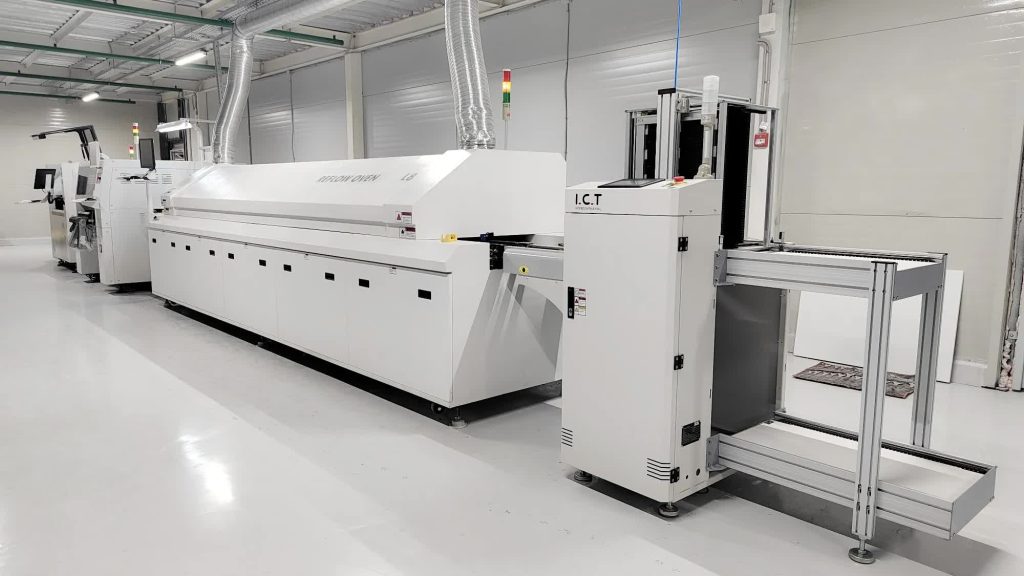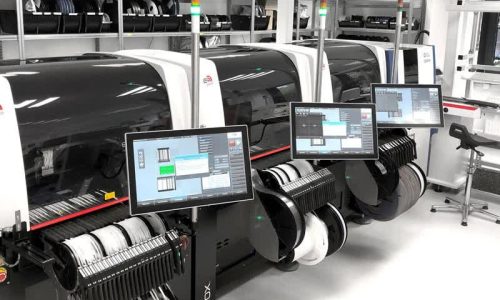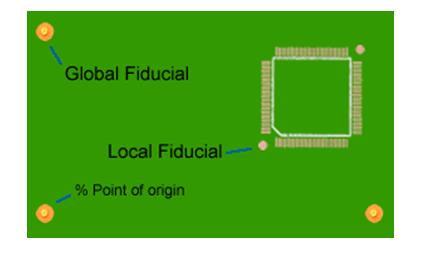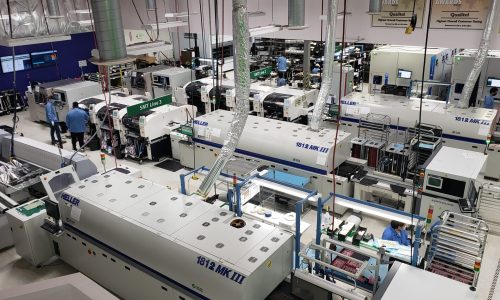Key to shaping many areas, one field with big changes is LED. Long ago, there were tungsten bulbs. Now, we use energy-saving LEDs. SMT tech grew fast & helped this LED shift. Also, Advanced SMT equipment helped make LED parts faster.

LED Applications:
LEDs do many jobs. They get used in lots of ways.
- Lighting Sector: Lights for homes, stores. Streets too. Cars use them.
- Display Technology: TVs use LED screens. So do phones & computers.
- Plant Growth Lighting: Special LEDs grow cannabis. Also for indoor plants, flowers, veggies.
- Medical Field: LEDs backlight medical tools. Surgery rooms also use them for better light.
- Aquarium Lighting
- Traffic Signal Lights
- UV Curing: Needed for printing stuff, ink setting, coatings on lenses.
- Space Science: Used in space tools & control panels in satellites.
- Outdoor Landscape Lighting: Lights up gardens, parks, buildings. Looks nice.
- Explosion-Proof Lighting
- Wearable Devices: Smartwatches, health bands show info with LEDs.
- Virtual Reality (VR) and Augmented Reality (AR)
LED tech fits in many areas. This shows how flexible it is. Also, it helps meet new needs in lots of fields.
The Symbiotic Relationship Between SMT Production Line and LED Production Efficiency
Using SMT lines in LED making is important. It brings more speed & makes parts more exact. LED working starts from its main rule. It glows when power goes into a tiny chip. That chip is a special material.
SMT boosts LED work in big ways. During the making part, accuracy matters. A pick & place machine helps here. It puts tiny LED parts right on the board. Pick and Place machine helps get this done fast & correct. Chips go where they should, saving space. After that, reflow ovens melt solder. This keeps the parts stuck right. They stay strong. All these steps push LED building forward. SMT lets makers do more, quicker. So the LED world keeps moving fast.
Nuances of Standard and High-Demand SMT Production Line in LED Assembly
In LED making, two SMT lines exist. One is a basic type. The other suits tough needs. These serve different work levels. One’s for common output. One’s for top-tier results.

Basic SMT line uses three main tools. A stencil printing machine. A pick and place machine. A reflow soldering oven. Picking each tool depends on what the user wants. Especially, the pick & place part & also the solder machine. These tools come in many models. Users pick what fits their speed & job size. Like, quicker pickers or ovens with more heat zones help boost output. Those suit folks chasing faster builds.
Now, for bigger goals, the high-demand line comes in. It works for customers focused on LED life & top build. These folks want LEDs that last long. 10 years or more, even. To hit that mark, every step needs care. The pick & place step must be exact. Also, soldering uses nitrogen. This line also runs SPI (Solder Paste Inspection) tools & AOI (Automated Optical Inspection) cameras. At the end, an X-Ray checks solder gaps. Low gaps, like 1%, are best. Normal ovens may leave over 10%. This tighter process helps win trust. It fits users needing best LEDs for long-lasting use.

SIPSMT’s Global Engineering Team Ensures Seamless LED Production
SIPSMT has 10 engineers based overseas. Their job is to help out in every way. They stay online. They reply to issues. They fix user doubts. Also, they go to factories. In person. They fix gear & give lessons.
If you’re not sure how to use new machines. Or scared about support after buying. SIPSMT helps with that. They have worked in 85+ places. Over 1,000 happy users say good things. You can trust your tools are handled right.
Don’t wait. If you plan to start LED work, come ask us. We’ll guide you with smart, solid help. We want your project to grow strong.



